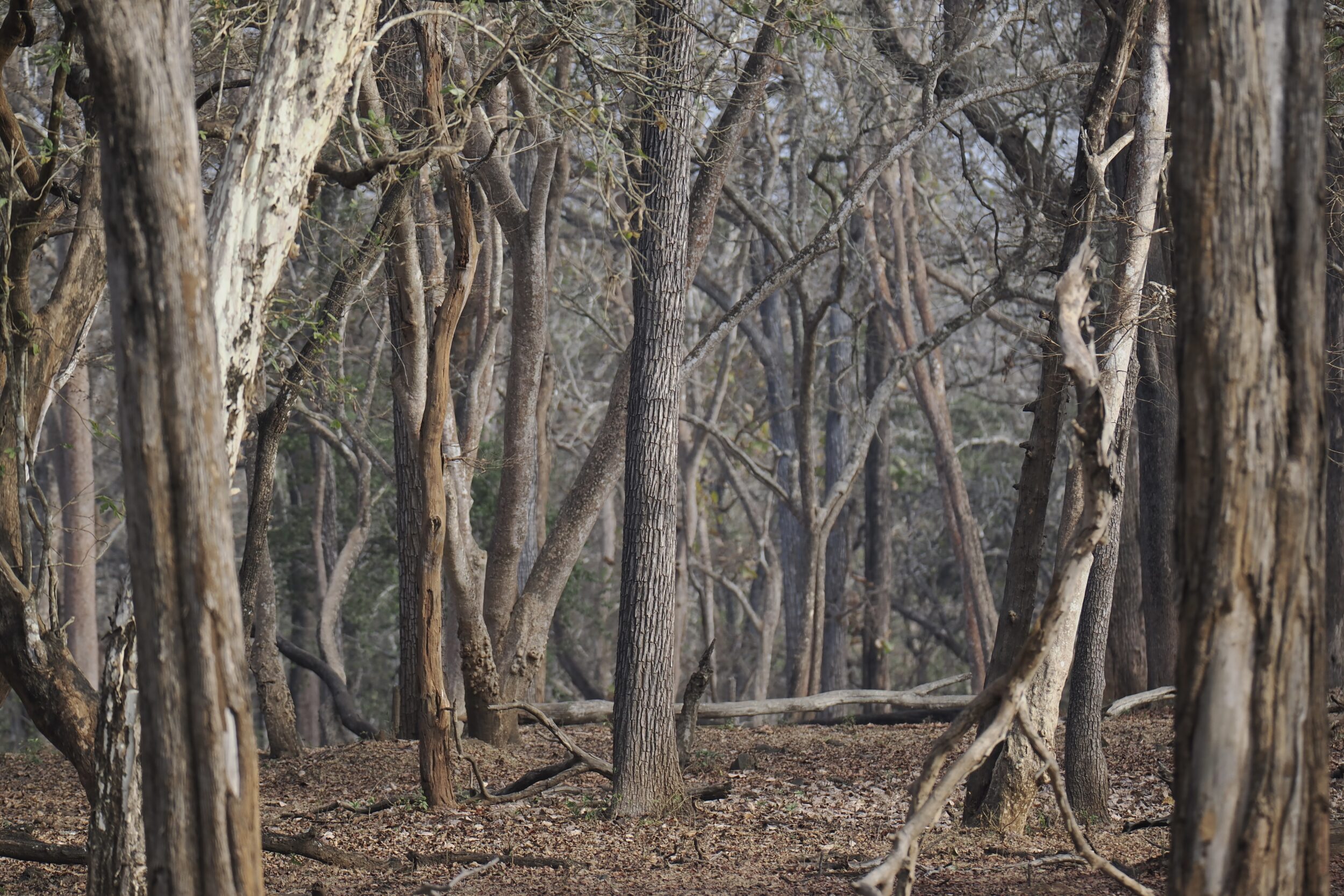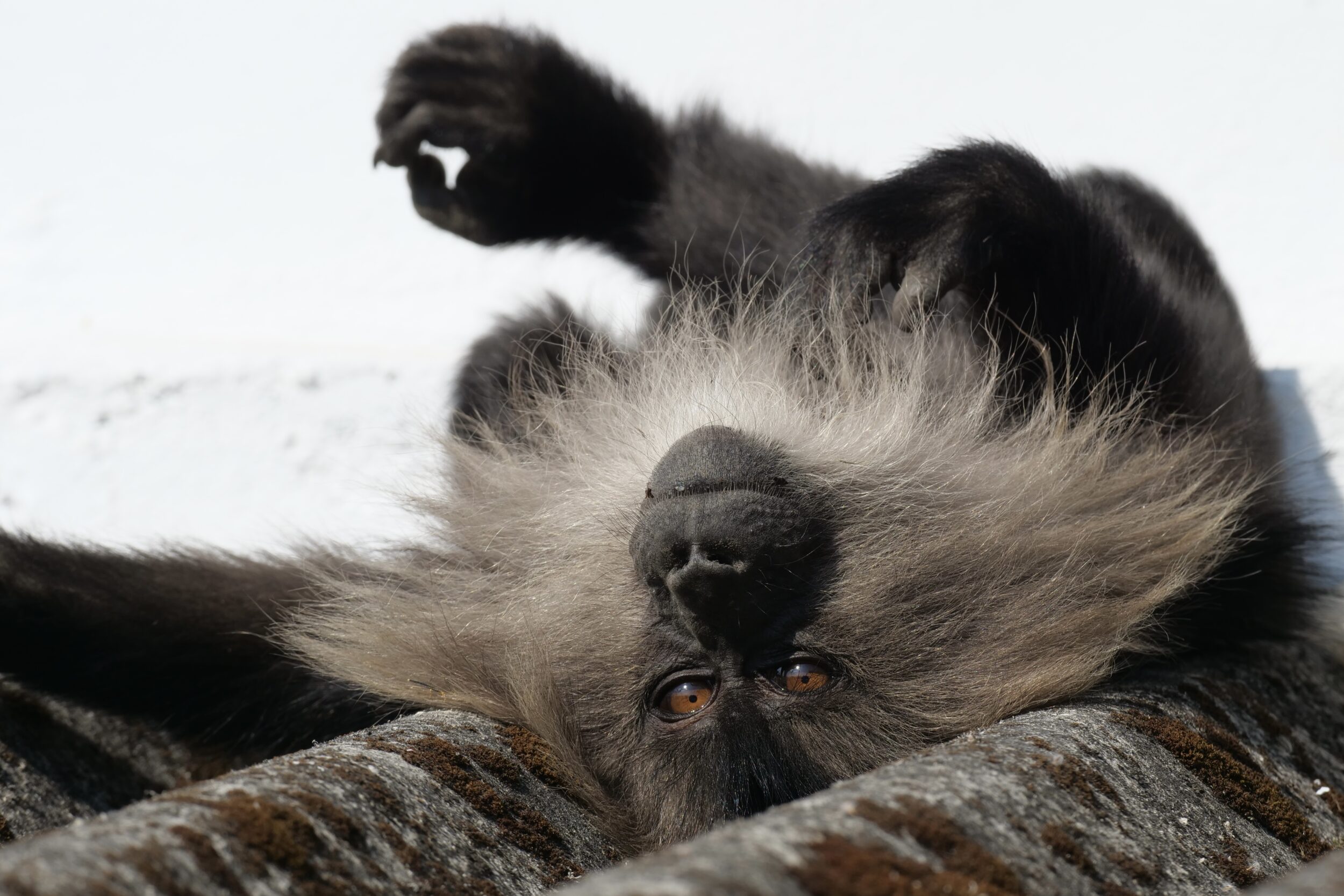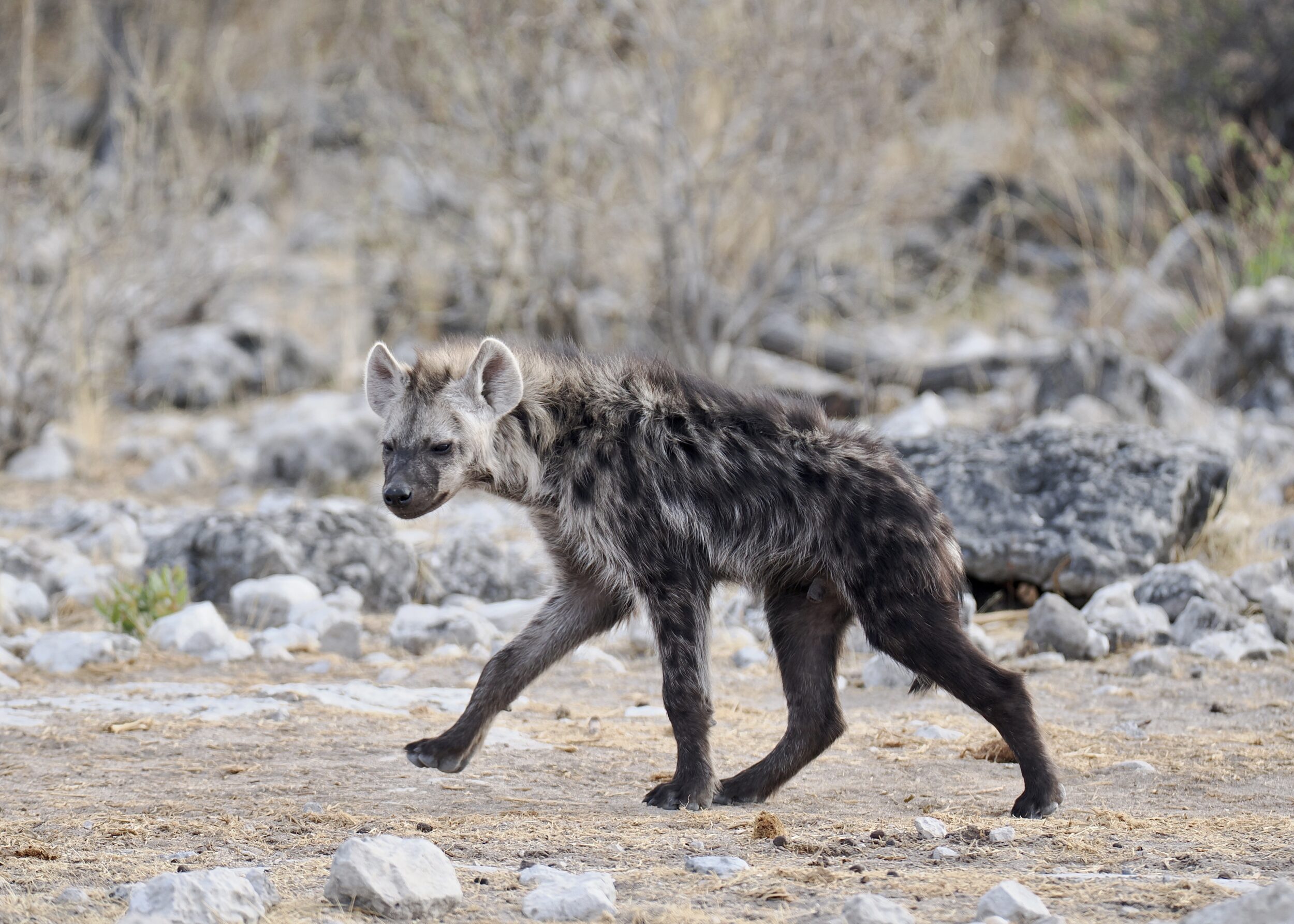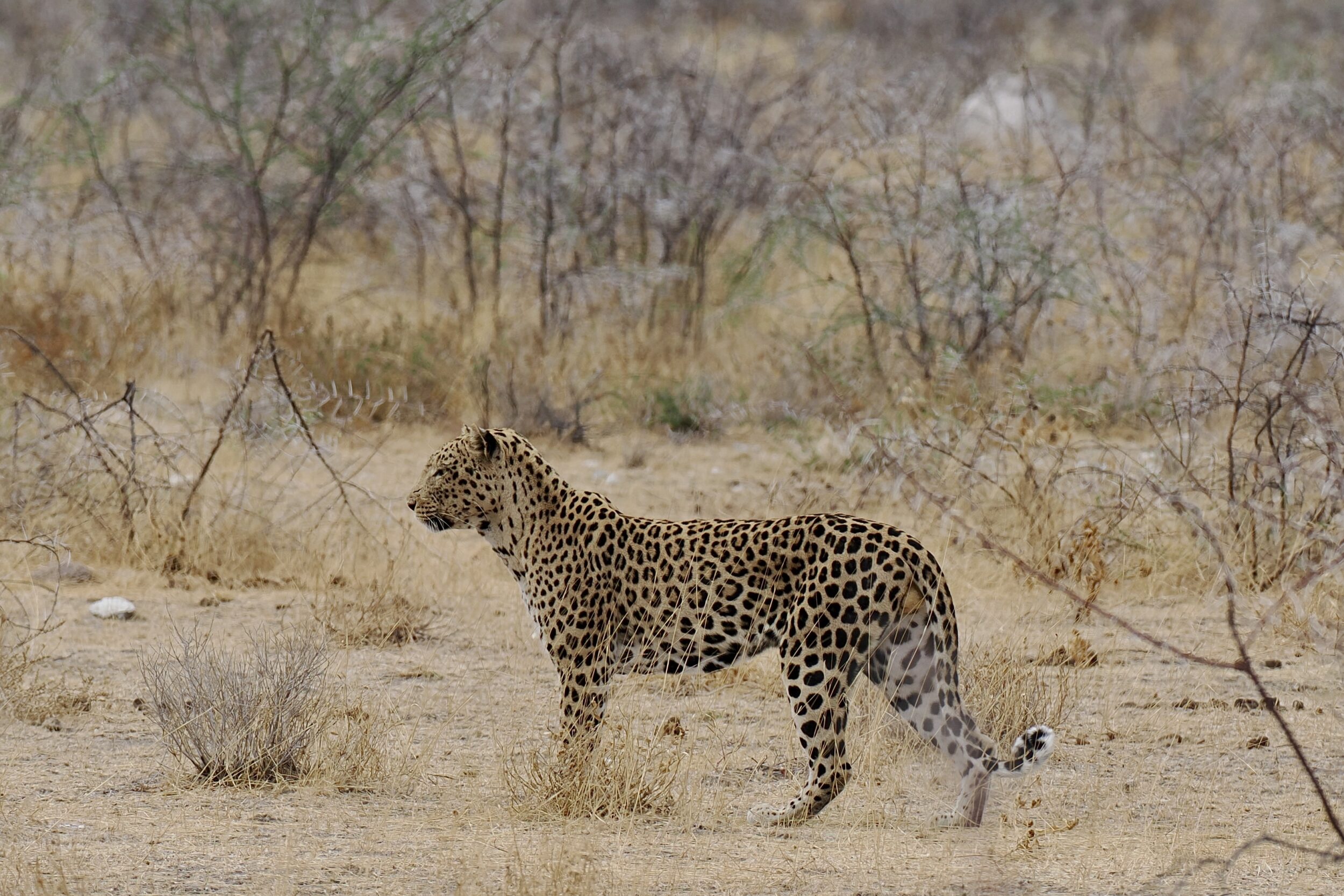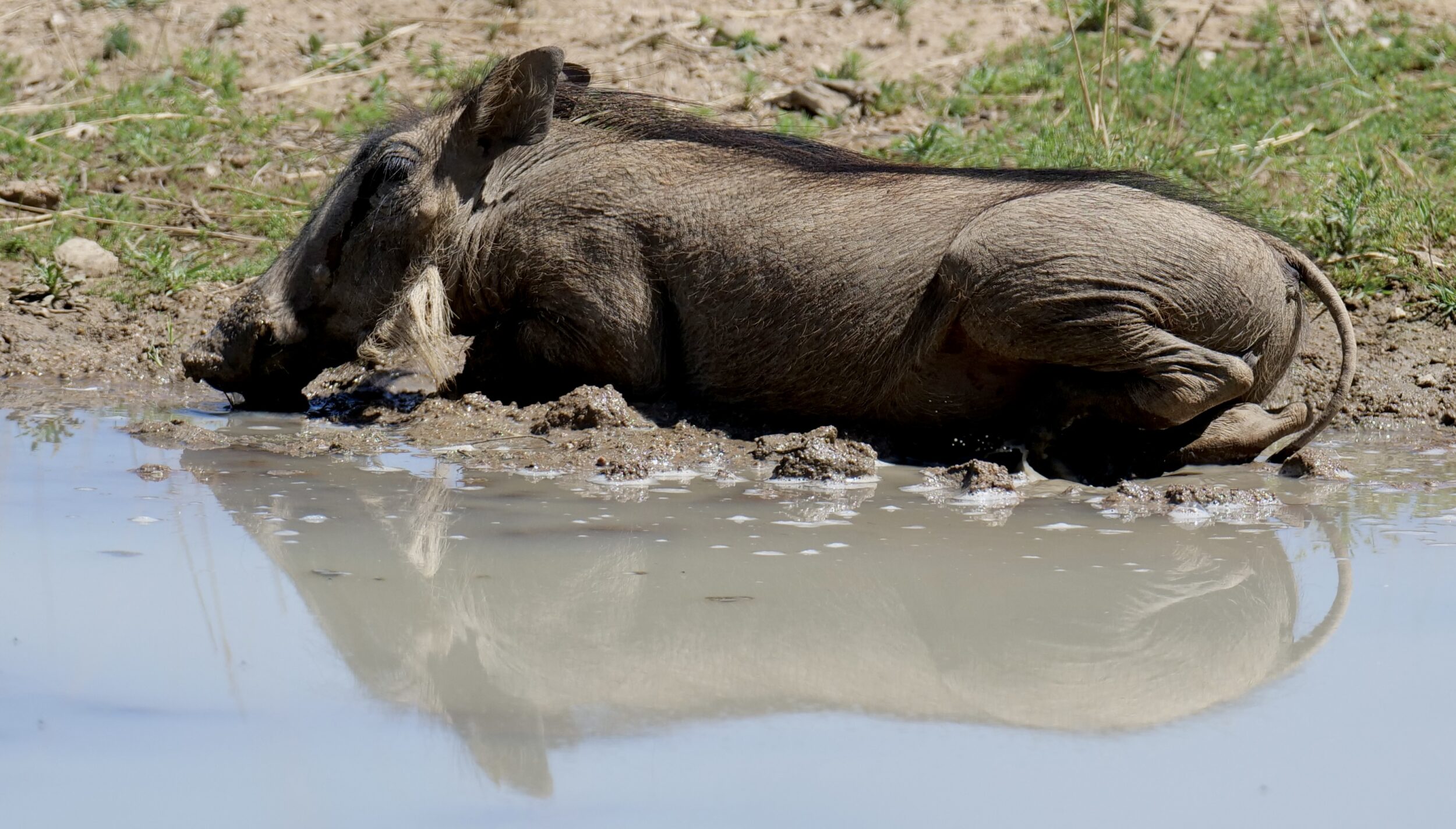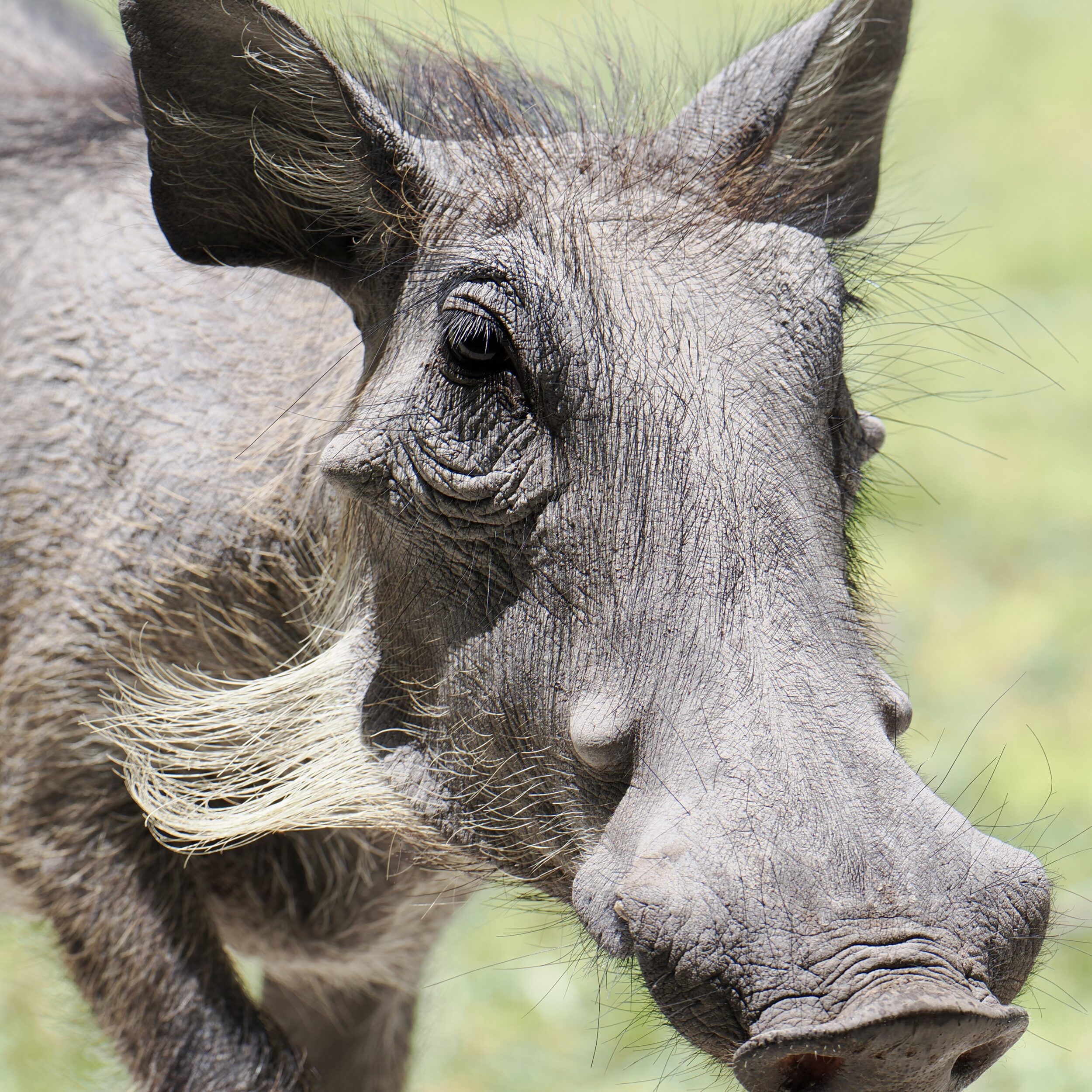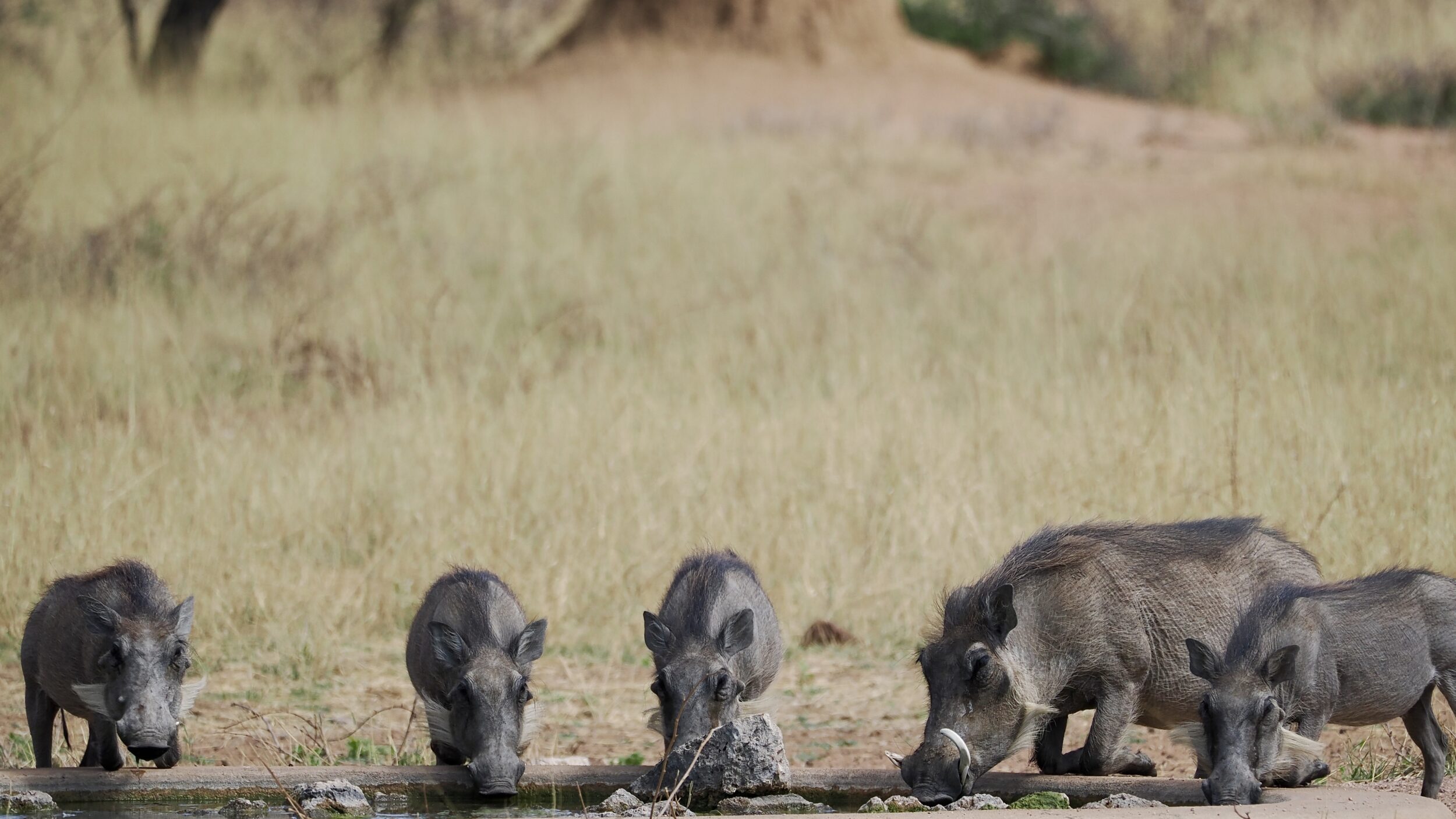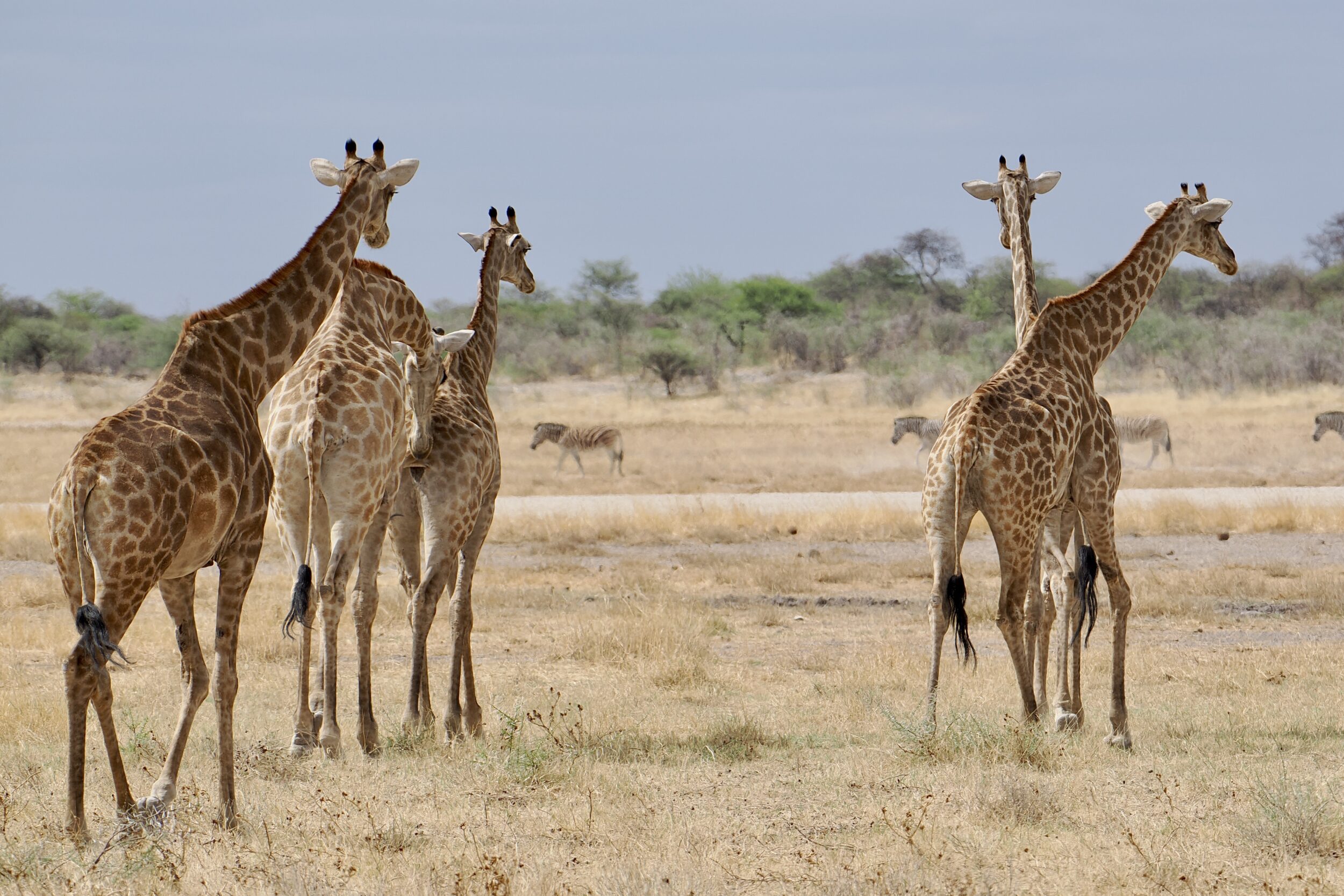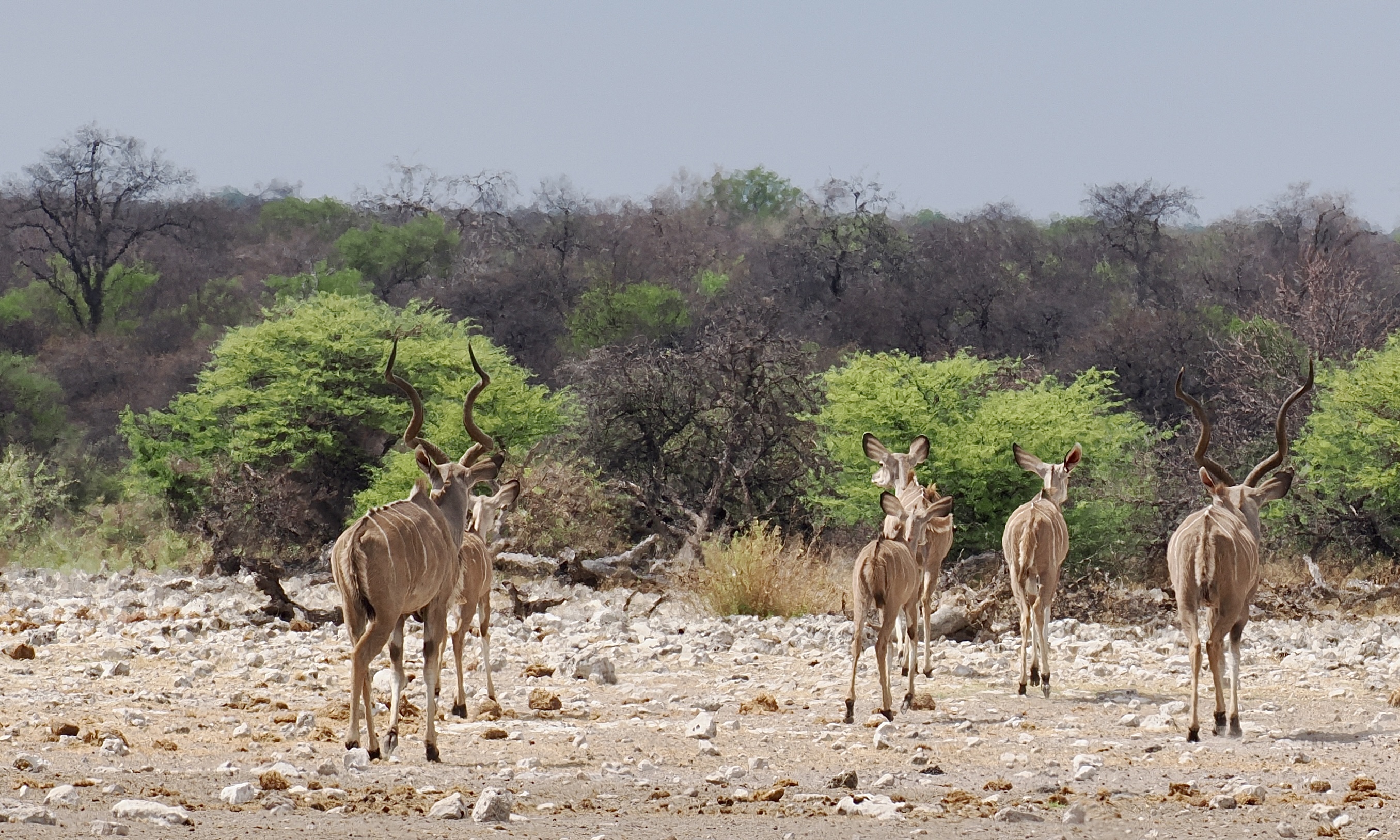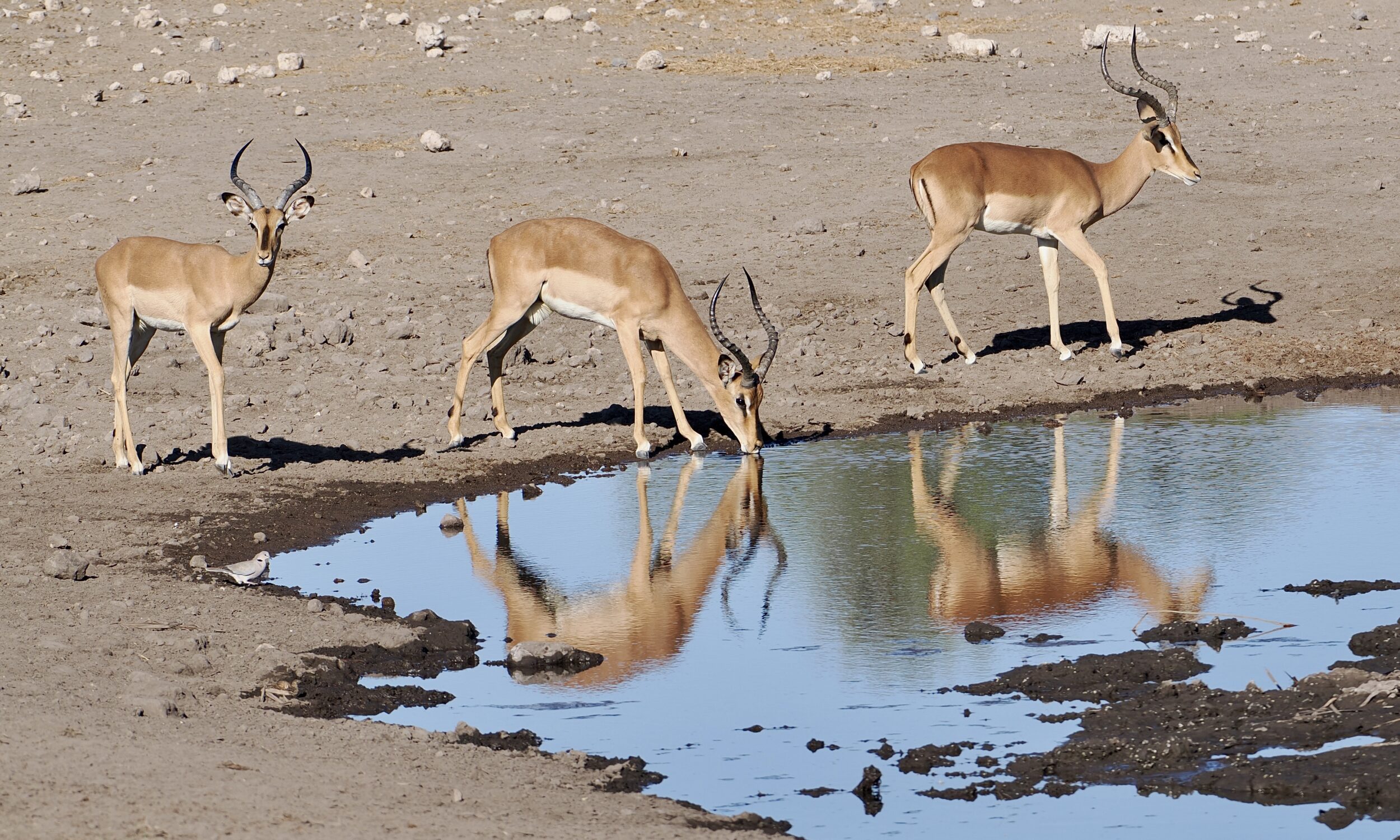If you wish to see tigers “in the wild”, India is your best destination.
It contains circa 25% of the world’s remaining tiger habitat, but India is currently home to around 75% of “our” globe’s wild tigers.
There is no such thing as a reliable estimate of India’s wild tiger population, let alone the world’s.
The likely-best available figures come from the Global Tiger Forum.
On 10 September 2023, Global Tiger Forum published its latest global estimate: 5,574.
That is 74% higher than their 2010 figure. (click here for more detail)
It is impossible to know how much of the apparent increase reflects better monitoring rather than actual increase.
That said, there are grounds for believing that in some nations – India, especially – wild tiger numbers really are rising, after many years of steep decline towards seemingly-inevitable extinction.
This little series looks at Nagarhole Tiger Reserve in Karnataka, south India.
The featured image and the one immediately below show what the local tiger habitat looks like.
Comments closed